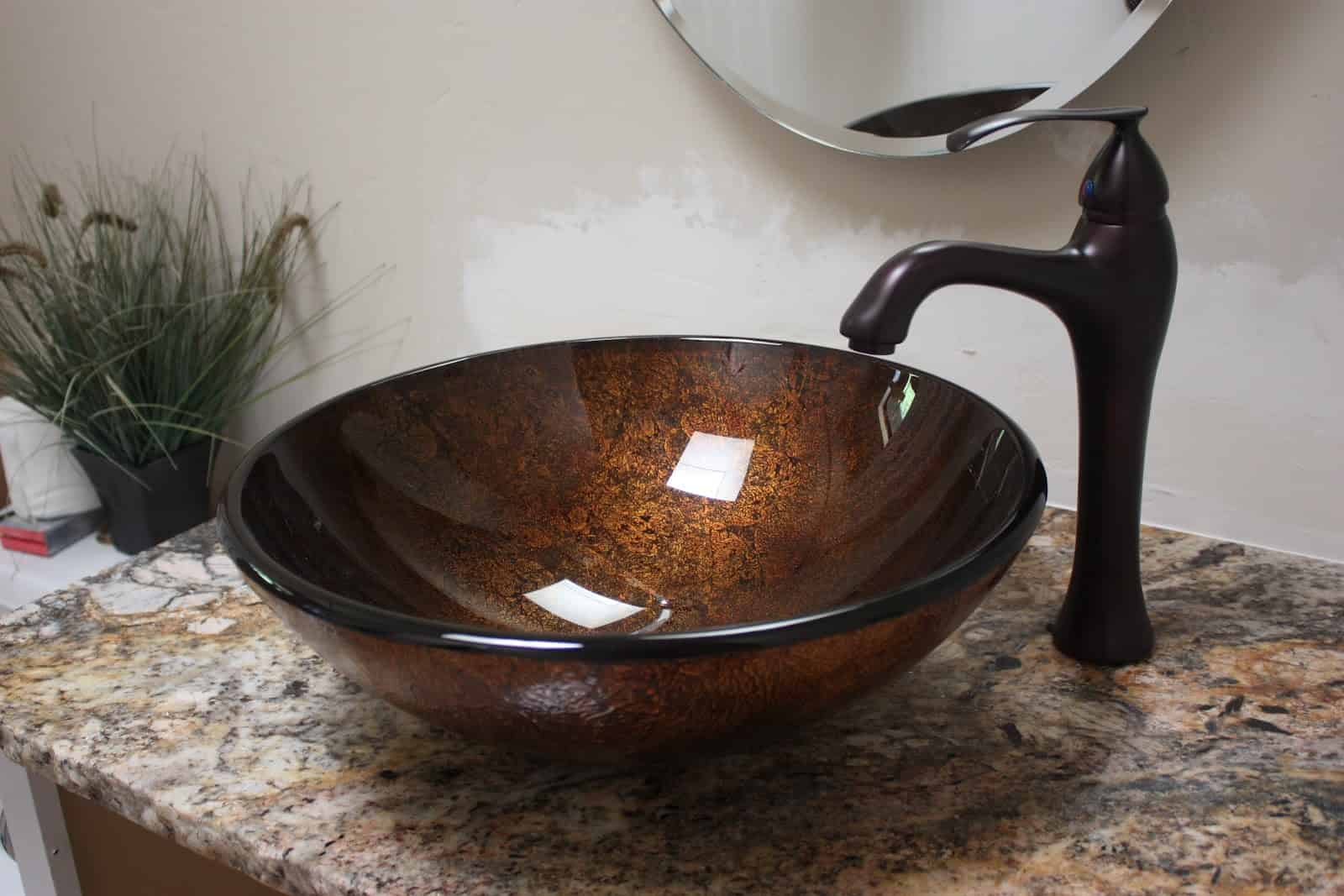The drain is an essential part of any bathroom sink. It is responsible for carrying away the used water and preventing any clogs. It is typically located at the bottom of the sink and can be opened or closed to control the flow of water. A good quality drain should be durable, easy to clean, and have a smooth finish to prevent hair and debris from getting stuck. It is important to choose the right size and type of drain for your sink to ensure proper drainage. 1. Drain
The faucet is the most visible and frequently used part of a bathroom sink. It is responsible for controlling the flow and temperature of the water. When choosing a faucet, consider the style, finish, and functionality. Some faucets feature a single handle for both hot and cold water, while others have separate handles. You can also choose between a traditional two-handle faucet or a modern single-handle design. Make sure to choose a faucet that complements the overall design of your bathroom. 2. Faucet
The basin, also known as the sink bowl, is the main component of the bathroom sink. It is where the water is collected and drained through the drain. Basins come in various shapes, sizes, and materials, such as ceramic, porcelain, or stainless steel. Consider the size and style of your bathroom when choosing a basin. A smaller bathroom may benefit from a corner or wall-mounted sink, while a larger bathroom can accommodate a larger, more decorative basin. 3. Basin
The overflow is a small hole located near the top of the basin that prevents water from overflowing. It is an important safety feature, especially for households with children, as it helps prevent the sink from overflowing and causing water damage. The overflow is also a convenient way to fill the sink with water, as it allows air to escape while the sink is filling up. 4. Overflow
The P-trap is a curved pipe that connects the sink drain to the main drain pipe. Its primary function is to trap water and prevent sewer gases from entering the bathroom. It also serves as a barrier to prevent any larger objects from accidentally getting into the main drain pipe and causing clogs. P-traps are typically made of PVC, but they can also be found in metal or chrome finishes for a more polished look. 5. P-trap
The pop-up drain, also known as a plunger or clicker drain, is a mechanism that allows you to open and close the drain by pushing or pulling a lever. It is a convenient feature that eliminates the need for a separate drain stopper and allows you to control the water flow with ease. Pop-up drains come in various finishes and styles to match your faucet and overall bathroom design. 6. Pop-up drain
The water supply lines are the pipes that connect the sink to the water supply. They provide the necessary water to the faucet, and they need to be properly installed to ensure a steady flow of water. The standard size for water supply lines is 3/8 inches, but it is important to check the size and type of your existing lines before purchasing a new sink to ensure compatibility. 7. Water supply lines
The drain stopper is a small component that is responsible for closing the drain and filling the sink with water. It is usually attached to a lever or knob on the faucet and can be easily lifted or pushed down to open or close the drain. Drain stoppers come in various designs, such as push-button, twist-and-turn, and flip-top, and can be made of different materials, including metal, plastic, or rubber. 8. Drain stopper
Mounting hardware refers to the screws, bolts, and brackets used to secure the sink to the countertop or wall. It is crucial to choose the right mounting hardware to ensure a secure and stable sink installation. The type of mounting hardware needed will depend on the type of sink and countertop you have. Some sinks come with pre-drilled holes for ease of installation, while others may require additional hardware for mounting. 9. Mounting hardware
The sink bowl, also known as the sink basin, is the part of the sink that is visible above the countertop. It can come in various shapes, including round, oval, square, or rectangular, and can be undermount, top-mount, or vessel style. The sink bowl is an important design element in a bathroom, and it is essential to choose one that fits your needs and complements the overall aesthetic of your bathroom. 10. Sink bowl
The Importance of Choosing the Right Bathroom Sink

Enhancing Your Bathroom Design
 When designing a house, the bathroom is often overlooked and not given the same attention as other rooms. However, a well-designed bathroom can greatly enhance the overall look and feel of your home. One of the key elements in a bathroom design is the
bathroom sink
. It may seem like a small detail, but the right sink can make a big difference in the overall aesthetic and functionality of your bathroom.
When designing a house, the bathroom is often overlooked and not given the same attention as other rooms. However, a well-designed bathroom can greatly enhance the overall look and feel of your home. One of the key elements in a bathroom design is the
bathroom sink
. It may seem like a small detail, but the right sink can make a big difference in the overall aesthetic and functionality of your bathroom.
The Focal Point of Your Bathroom
 The bathroom sink is often the first thing that catches your eye when you enter the room. Therefore, it is important to choose a sink that not only fits in with the overall design of your bathroom, but also stands out as a focal point. Whether you opt for a sleek and modern design or a more traditional and ornate style, your sink should make a statement and tie the whole room together.
The bathroom sink is often the first thing that catches your eye when you enter the room. Therefore, it is important to choose a sink that not only fits in with the overall design of your bathroom, but also stands out as a focal point. Whether you opt for a sleek and modern design or a more traditional and ornate style, your sink should make a statement and tie the whole room together.
Functionality and Durability
 Aside from its visual impact, the
bathroom sink
also serves a practical purpose. It is where you wash your hands, brush your teeth, and perform other daily hygiene tasks. Therefore, it is important to choose a sink that is not only aesthetically pleasing, but also functional and durable. Consider the size and shape of the sink, as well as the material it is made of. A smaller sink may be more suitable for a smaller bathroom, while a larger sink can make a statement in a larger space. As for materials, options such as porcelain, ceramic, and granite are not only visually appealing, but also resistant to wear and tear.
Aside from its visual impact, the
bathroom sink
also serves a practical purpose. It is where you wash your hands, brush your teeth, and perform other daily hygiene tasks. Therefore, it is important to choose a sink that is not only aesthetically pleasing, but also functional and durable. Consider the size and shape of the sink, as well as the material it is made of. A smaller sink may be more suitable for a smaller bathroom, while a larger sink can make a statement in a larger space. As for materials, options such as porcelain, ceramic, and granite are not only visually appealing, but also resistant to wear and tear.
Adding Value to Your Home
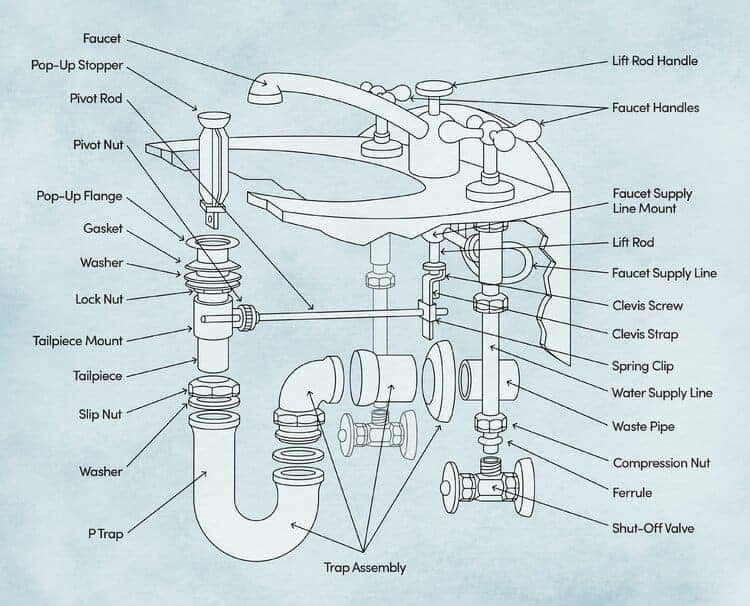 Investing in a high-quality bathroom sink can also add value to your home. When potential buyers are looking at houses, the bathroom is often a key deciding factor. A beautifully designed and functional sink can make a lasting impression and increase the value of your home.
In conclusion, the
bathroom sink
is an essential component of any well-designed bathroom. It is not just a practical necessity, but also a design element that can enhance the overall look and feel of your home. By choosing the right sink, you can create a beautiful and functional space that adds value to your home.
Investing in a high-quality bathroom sink can also add value to your home. When potential buyers are looking at houses, the bathroom is often a key deciding factor. A beautifully designed and functional sink can make a lasting impression and increase the value of your home.
In conclusion, the
bathroom sink
is an essential component of any well-designed bathroom. It is not just a practical necessity, but also a design element that can enhance the overall look and feel of your home. By choosing the right sink, you can create a beautiful and functional space that adds value to your home.



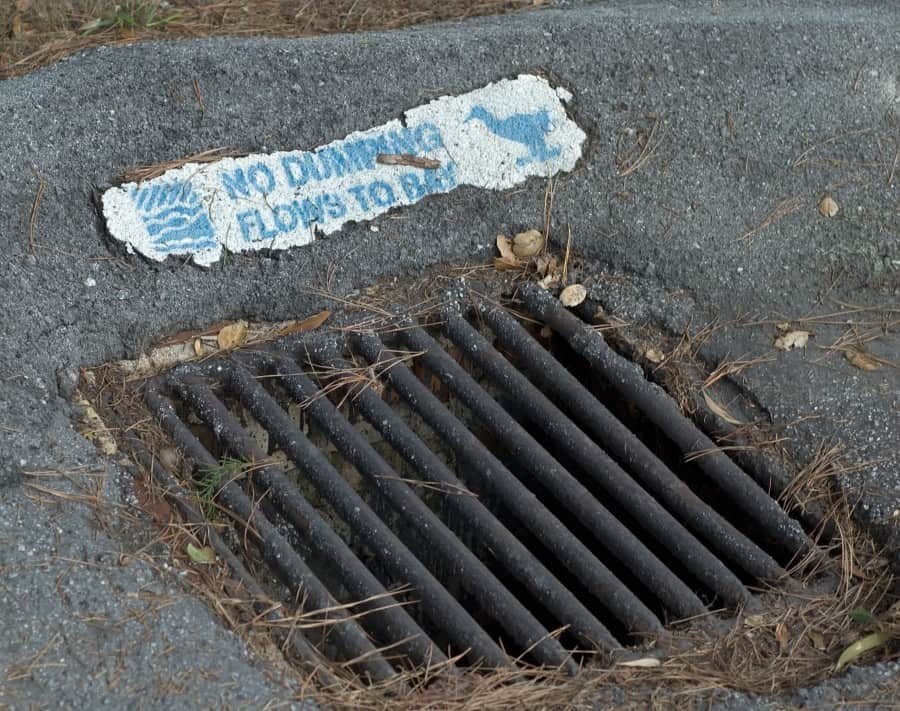




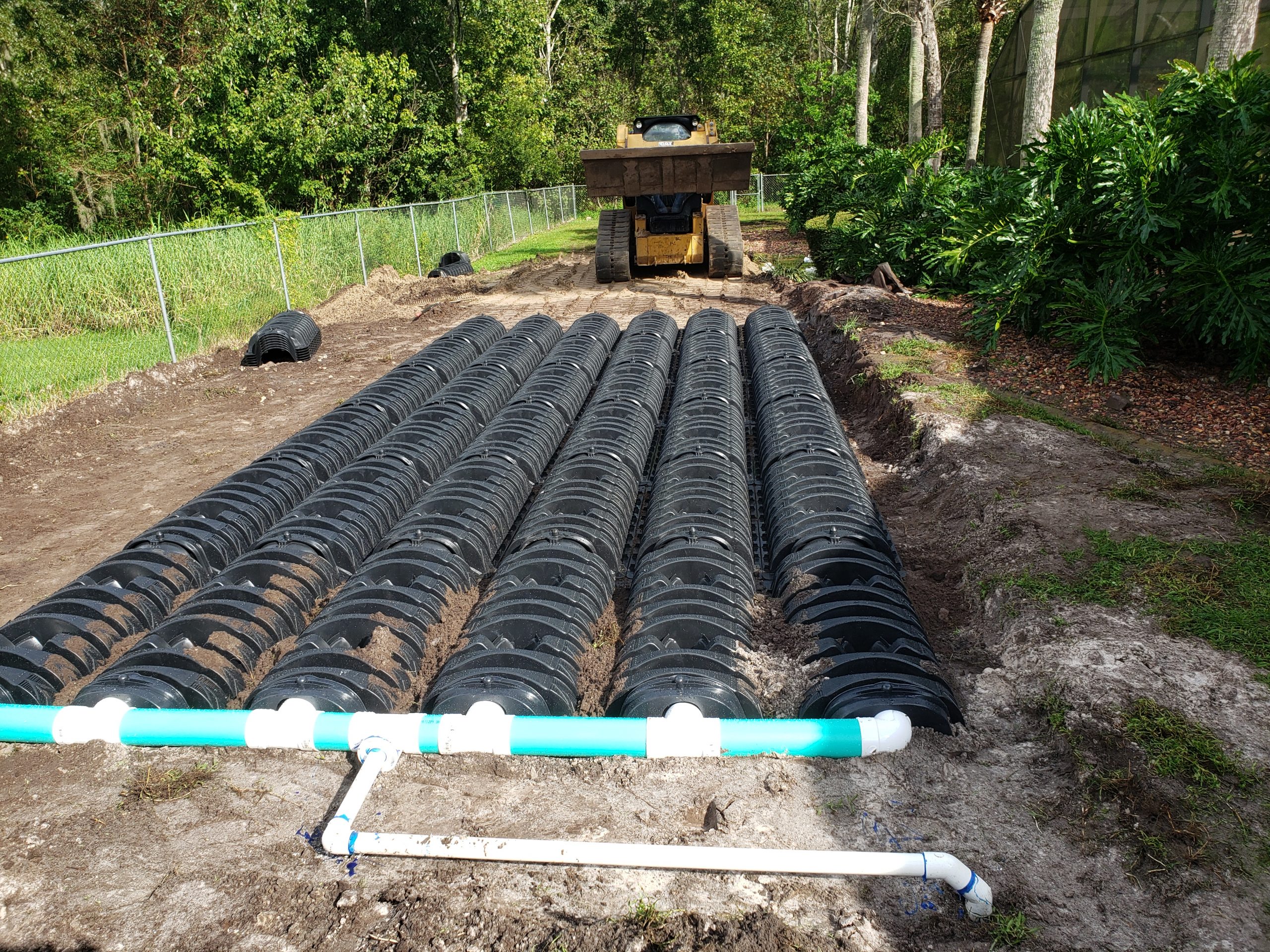
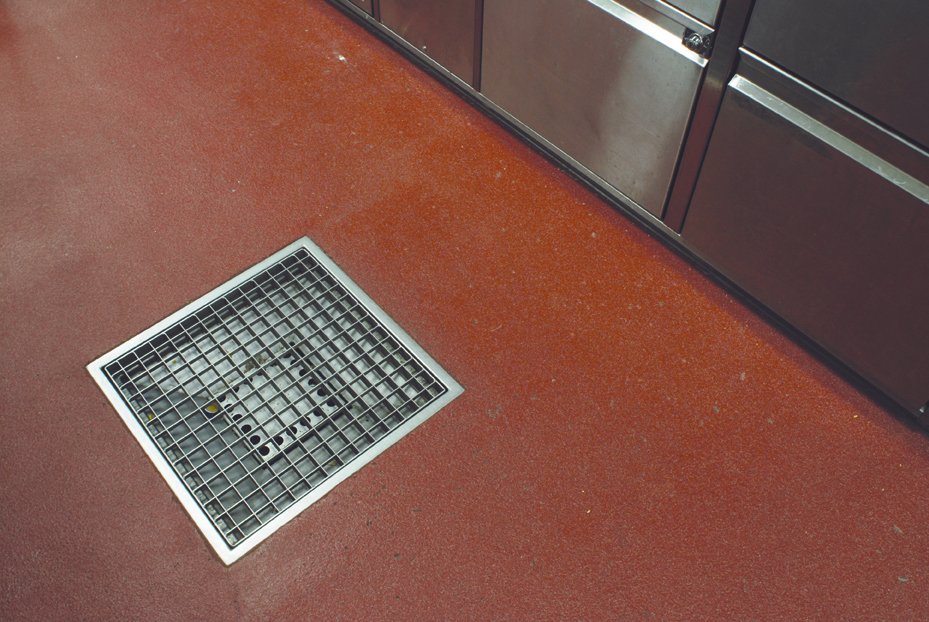











































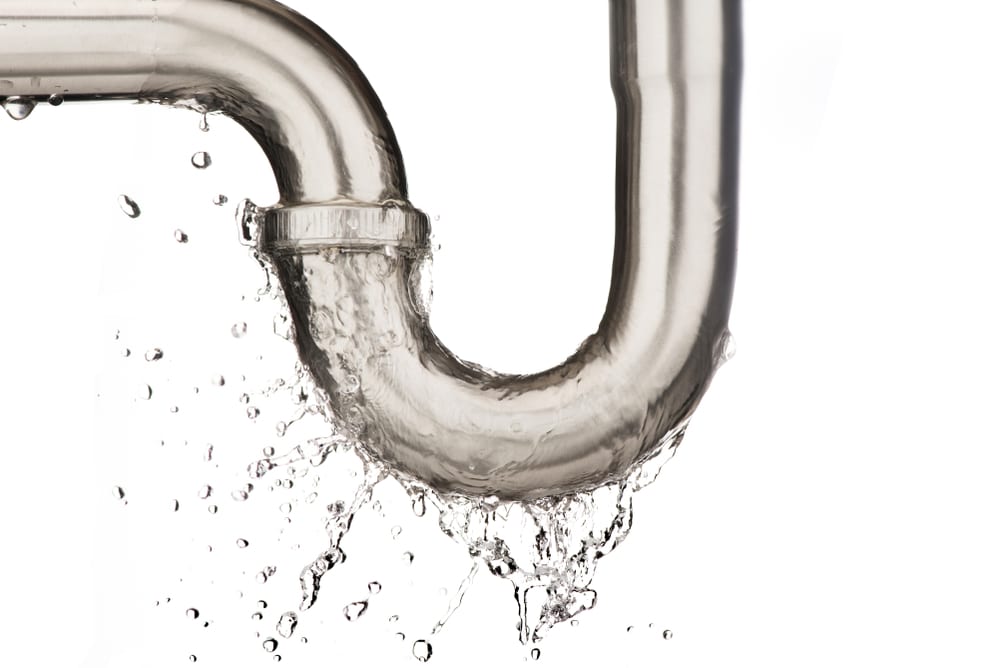



















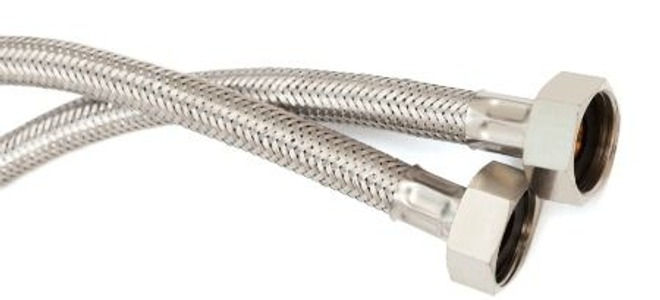










:max_bytes(150000):strip_icc()/bathtub-drain-stopper-types-2718995_FINAL-3c520aa60ba2477786c0a2b64de3834f-3f86776780154b1aad5a91124256e317.png)


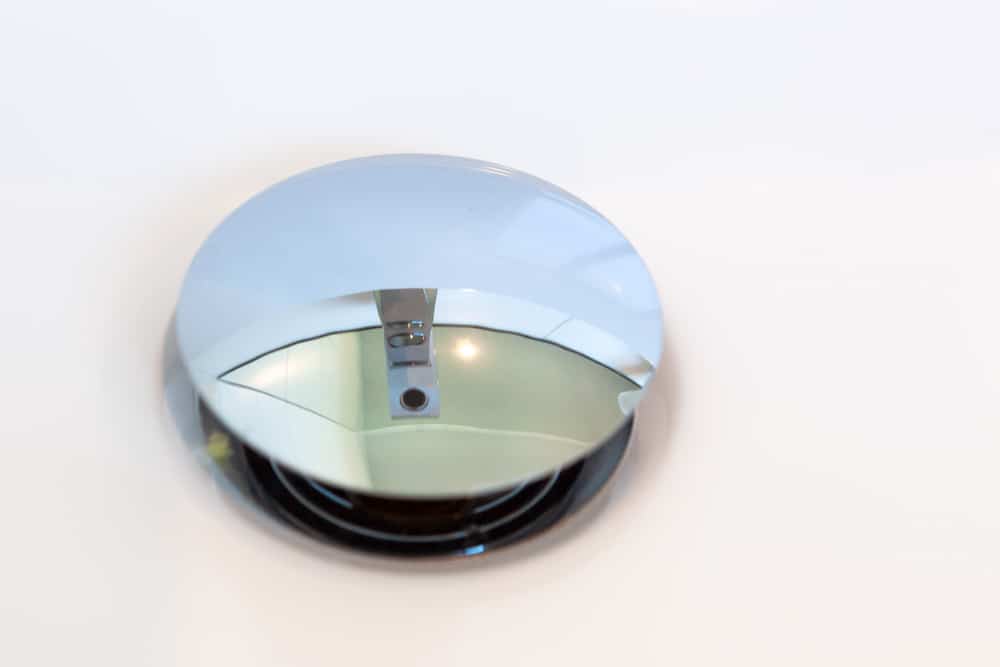
:max_bytes(150000):strip_icc()/bathtub-drain-stopper-types-2718995-05-88e27f154e784817a5736ffa372ff5a3.jpg)
/tubdrainplunger-59ab828d396e5a0010620253.jpg)















